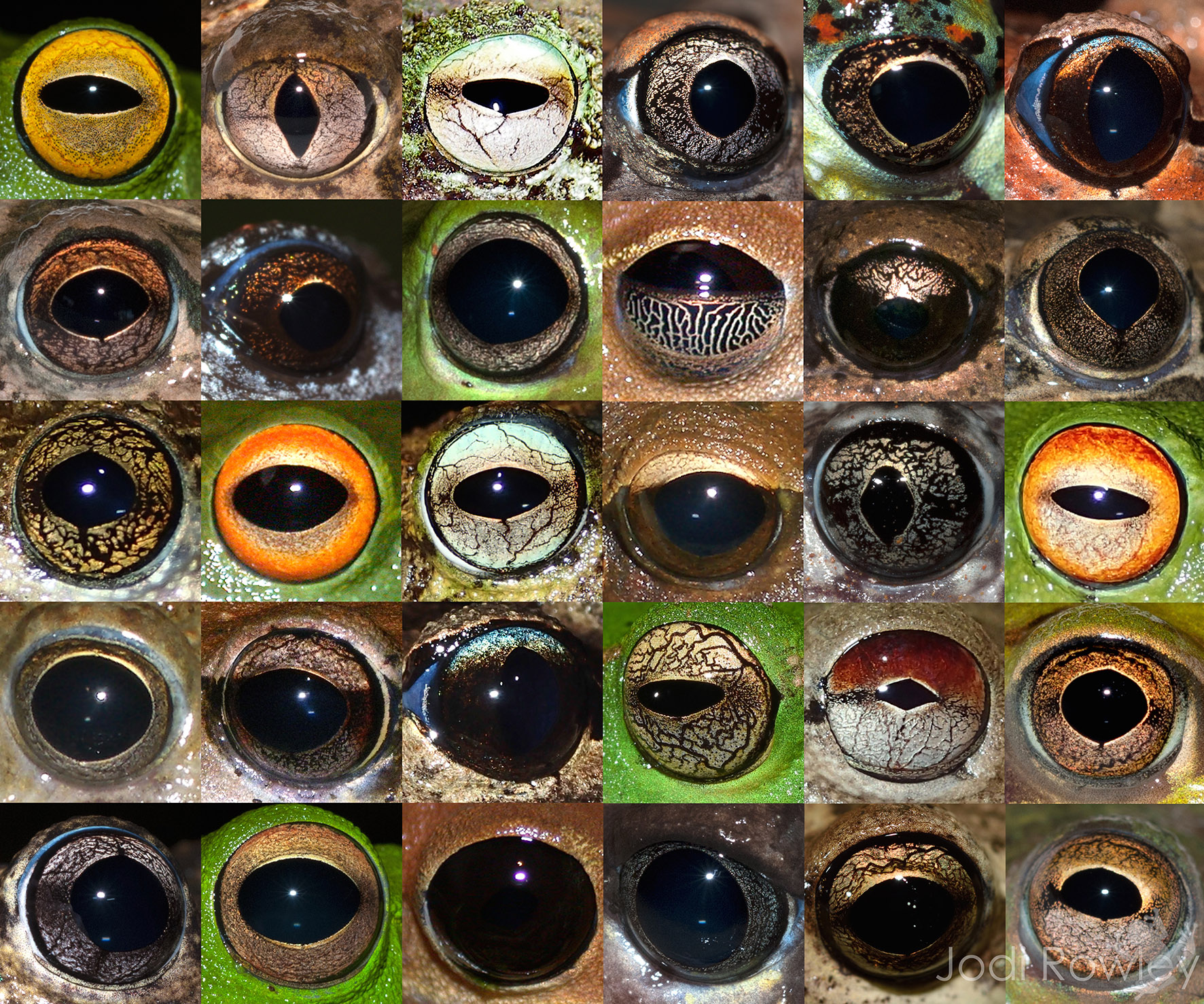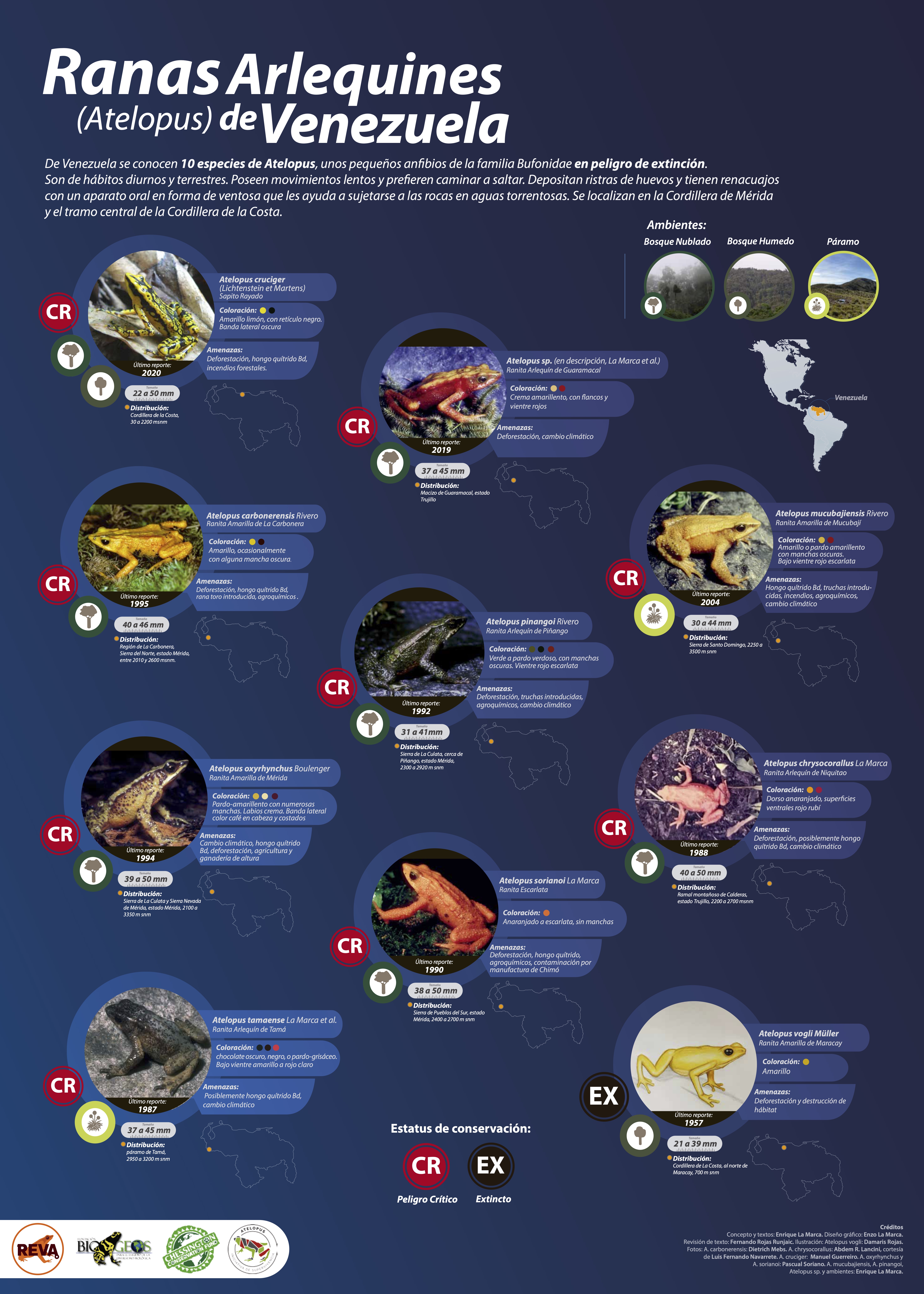Dehydration and hypersalinity challenge non-marine organisms crossing the ocean. The rate of water loss and saltwater tolerance thus determine the ability to disperse over sea and further influence species distribution. Surprisingly, this association between physiology and ecology is rarely investigated in terrestrial vertebrates. Here we conducted immersion experiments to individuals and eggs of six lizard species differently distributed across Taiwan and the adjacent islands to understand if the physiological responses reflect the geographical distribution. Leer más.





Golden eyes, ruby eyes, lace eyes, star eyes, blue eyes, black eyes, no eyes… the beauty of amphibian eyes is just as diverse as the creatures within it! Leer más.

Posters on animal groups are of special interest because they easily get the attention of people who can find, in a single place, information that other- wise could be difficult to assemble. We are happy to present the most recent poster on a group of amphibians, a production of the Rescue of Endangered Venezuelan Amphibians (REVA) Conservation Center with the support of the Chessington Conservation Fund. Leer más.

Las ranas arborícolas de Paranapiacaba (‘Bokermannohyla astartea’) se aparean y desovan en pequeños charcos de agua, dentro de tanques de hojas de bromelia, según un estudio recientemente publicado en ‘PLOS One’ encabezado por Leo Ramos Malagoli de la Universidad Estatal Paulista en Brasil. Los renacuajos, de apenas tres centímetros de largo, deben dirigirse después a un arroyo para completar su desarrollo. Se trata del primer estudio en informar sobre esta estrategia reproductiva inusual en ranas. Leer más.

Calafell ultima la apertura del Centre de Recerca i Educació Ambiental (CREAC) en las instalaciones de la antigua biblioteca de Segur y que está dedicado a la investigación de fauna salvaje, principalmente anfibios y reptiles. El edificio ya está equipado con los elementos necesarios para acoger a las diferentes especies, laboratorios y aulas de educación ambiental ya que el centro también está concebido como un espacio de divulgación de nivel internacional. Leer más.







